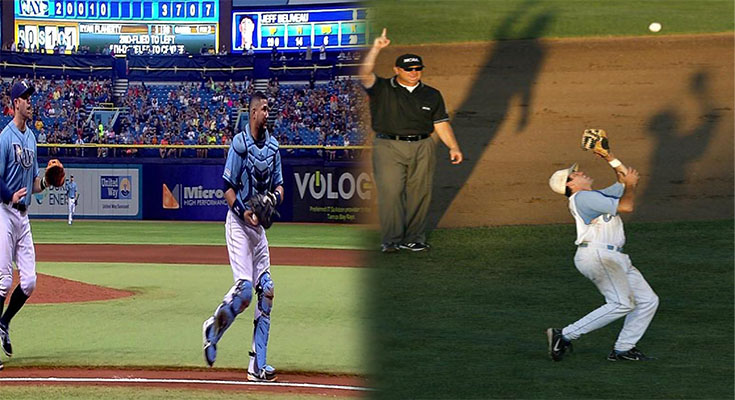
Understanding Baseball Rules: The Infield Fly Rule
When it comes to baseball, understanding the rules is essential for players, coaches, and fans alike. One particular rule that often leads to confusion is the Infield Fly Rule. In this article, we will dive into the details of this rule, specifically focusing on its purpose, application, and impact on the game.
What is the Infield Fly Rule?
The Infield Fly Rule is a rule in baseball that aims to protect the batting team from a potential unfair double play. This rule is designed to prevent the defensive team from intentionally dropping a pop fly in the infield to turn an easy double play.
When is it Applied?
The Infield Fly Rule comes into play when two specific conditions are met simultaneously. First, there must be less than two outs in the inning, and second, there must be runners on first and second base, or the bases loaded. If these …
Understanding Baseball Rules: The Infield Fly Rule READ MORE
